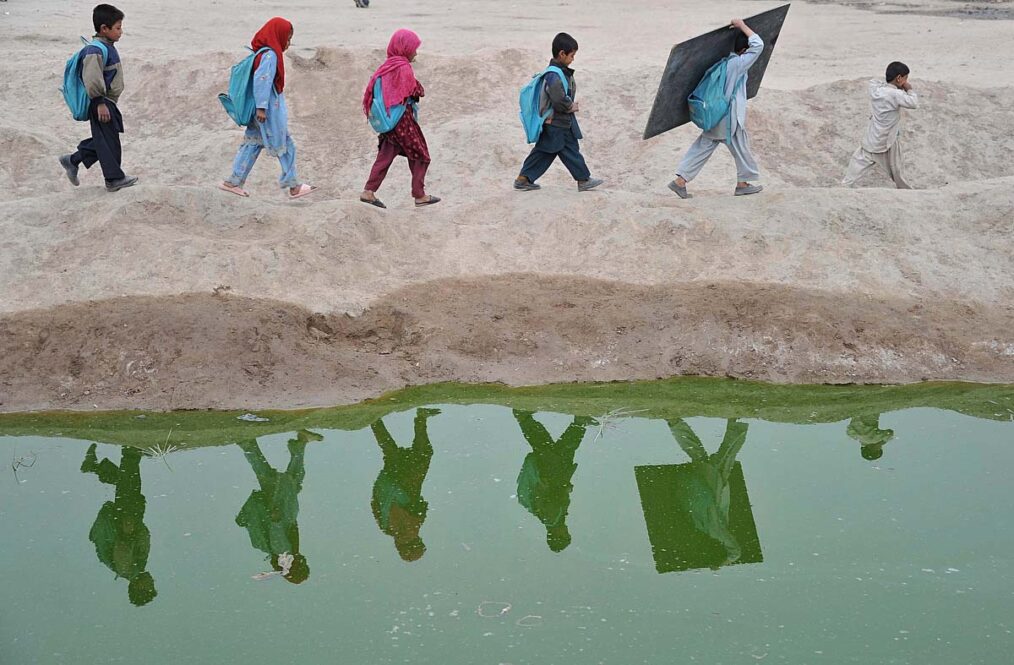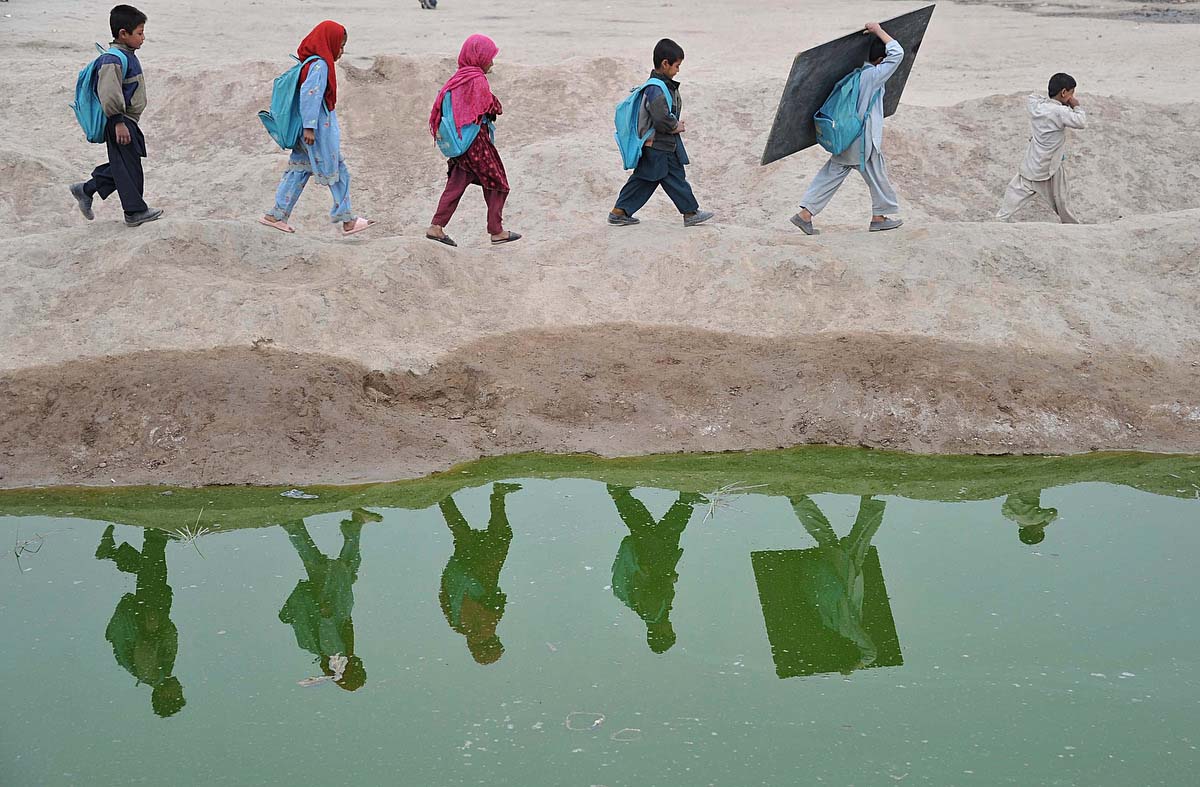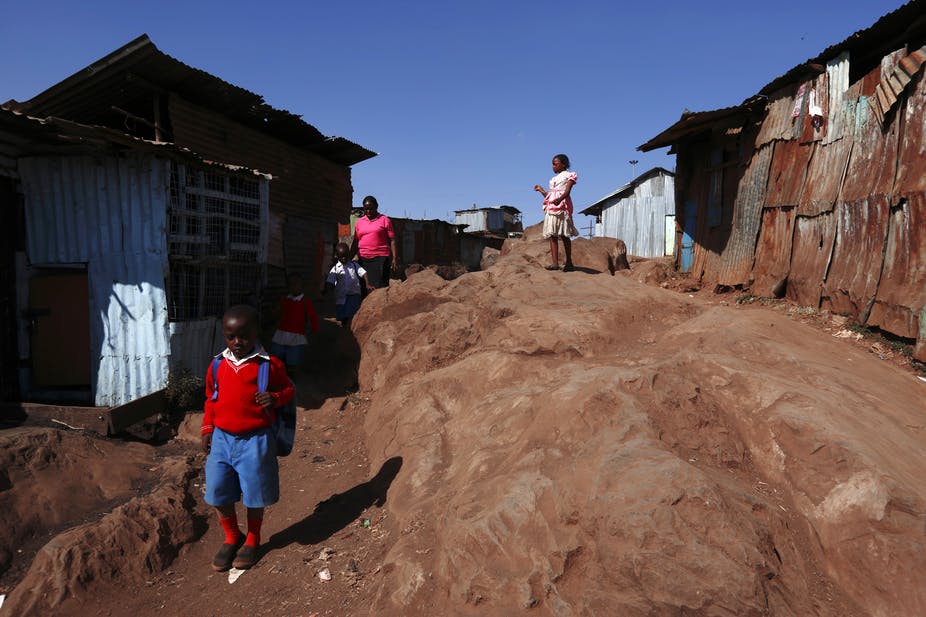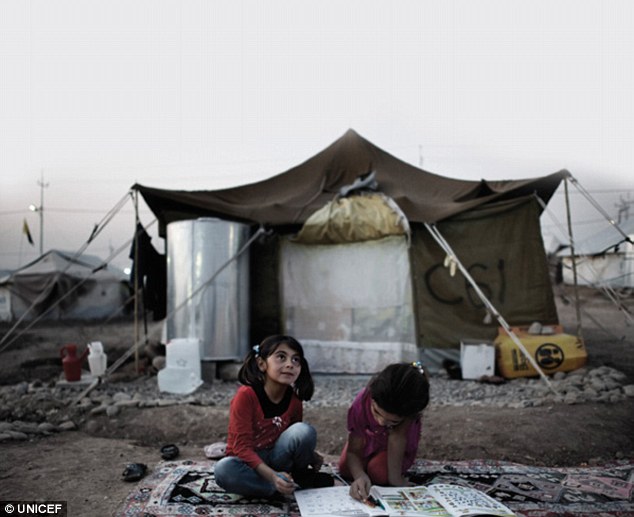
Education Has Become A Casualty of War

Last week, USA Today published an article about a boy named Said in Kenya who had been unable to attend school for more than three years because of the presence of the violent extremist group al-Shabab in his town. According to the article, dozens of schools in the area had been closed for as long as four years since al-Shabab began to use the region as a staging ground for its attacks, leaving thousands of children across the region without proper education.
Unfortunately, this story is not unique. All across areas plagued by violent extremism, education for children is one of the first institutions to suffer. In eastern Ghouta, Syria, almost one in three school-age children, approximately 1.75 million, are out of school due to threats of violence and destruction. According to a Human Rights Watch report, an estimated 25 million children are out of school due to the disruption of violence in Pakistan.

Afghan school children walk home after classes near an open classroom in the outskirts of Jalalabad. Afghanistan has had only rare moments of peace over the past 30 years, its education system being undermined by the Soviet invasion of 1979, a civil war in the 1990s and five years of Taliban rule. (Noorullah Shirzada/Getty Images)
While violence, loss of life, and destruction are some of the immediate effects of terrorism, the long-term impacts are much more complex and, perhaps, more harmful.
Terrorism leaves an economy crippled as local businesses and infrastructure are decimated by violence and it can leave deep psychological scars in its population. But the long-term effects of the loss of education are dangerous and heartbreaking.

Children walk home from school in a Nairobi slum. Darrin Zammit Lupi/Reuters
A lack of education leaves an entire generation disadvantaged and seriously stagnates the development of a country, especially after years of destruction. It leaves millions of bright, gifted children without a way to fulfill their potential.
Without education and the opportunities and knowledge it brings, populations tend to be more vulnerable to extremist rhetoric and radicalization, leading to a perpetuation of the problem. Protecting and continuing to encourage educational programs could prevent future conflicts from emerging and improve the quality of life for millions of people.

Scarred: Hamida Lasseko, Unicef’s deputy representative in Syria’s capital Damascus, said: ‘When one says that it is the worst place to be as a child, in Syria, for now, I would agree. Children are missing from education, they are out of school. Children have the hidden wounds, and these wounds form scars’
Education is immeasurably important, and while countless studies have tried to fully grasp the scope of its impact, it reaches much further than one can imagine. This issue is not about one Kenyan boy named Said, but millions of children who are bright and deserve a future without fear.
——————————————————————————————————-
Sources:
[1] Kenya: Terrorism by al-Shabab is so bad, kids can’t go to school. (2018, February 2).
[2] Section, U. N. N. S. (2017, December 11). UN News – Violence shuts schools, deprives children of medical care in Syria’s East Ghouta, warns UNICEF.
[3] Human Rights Watch | 350 Fifth Avenue, 34th Floor | New York, NY 10118-3299 USA | t 1.212.290.4700. (2017, March 27). Dreams Turned into Nightmares | Attacks on Students, Teachers, and Schools in Pakistan.
